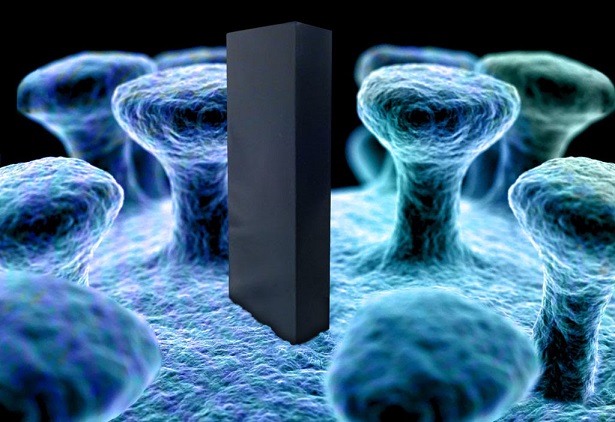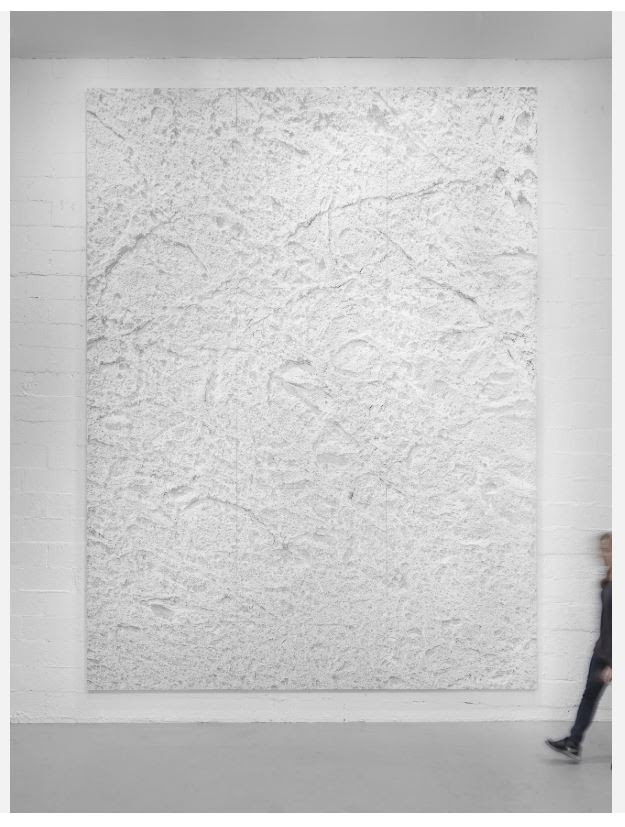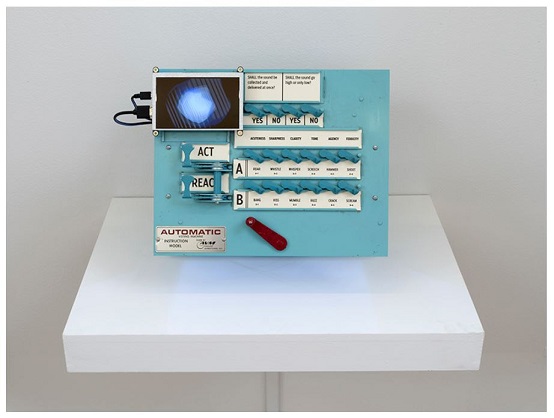Art that rises to the great ecological challenges of today will be crucial for our survival as a species. In a recent issue of the journal NATURE, scientists showed that there is a 96 percent chance of a whopping 5 degrees Celsius of temperature rise by the year 2100. That kind of rise in the earth’s temperature is catastrophic for virtually all life on earth, making climate change the moral imperative of our time. Artists have not only the unique ability, but I would argue the responsibility, to give us new languages and tools to be able to better understand the world around us, which can help us solve these great existential problems. This puts tremendous pressure on artists to help society reimagine the future. I believe art as a social practice, where artists are invested in the great problems of today, will thrive in the immediate and long term future.
At the same time, AI will leave many people jobless. Forced to accept life in all it’s meaninglessness, art for art sake will flourish as a way humans will fill the “void of time” machines create.
Jacolby Satterwhite
In Hamlet on the Holodeck, Janet Murray posits a future where we experience media through social, seamlessly interactive narratives that surround us and allow us to directly engage in the performance, image, sound, and touch, as if film, theater, video games, books, and advertising had all merged into something where participants had agency and mere spectatorship would be the exception rather than the rule. With low-cost, game-engine driven virtual reality rapidly maturing, we can prototype this future with ease, though we still have a long way to go. So the question is: What about art objects that are, by their medium or because of the artist’s intent, more fixed? Do they too become mutable, or ephemeral, or interactive?
I would flip this question on its head and posit the following: every civilization will use the maximum level of technology available to it to make works of art, and these technologies, tactical obsolescence aside, will be additive to, not replacing of, earlier technologies. So solid-state players might crowd out Blu-Ray discs as a superior medium for digital video, but VR will never replace painting.
I think in 100 years what might change is the ways in which (some? many?) artworks are made, a sort of McLuhan/Benjamin apocalypse where everything becomes media, sampled and resampled, and authorship becomes diffuse, computer-assisted, computer-driven, AI-led—or perhaps meticulously “hand coded”, in an inevitable backlash to the machine learning. In the video introduction to Cybernetic Serendipity, Jasia Reichardt really hits the nail on the head by problematizing artist-as-sole-author. If this was already muddy territory in 1968 with computer-driven algorithmic art and simple interactive robotics, by 2118 we might not have individually recognizable artists at all. Everyone will be creatively empowered to express work in any medium… or perhaps the machines will be on hand to ensure that no one will.
Anicka Yi


















